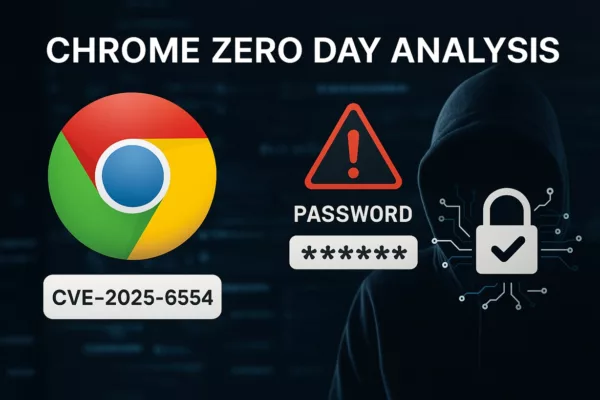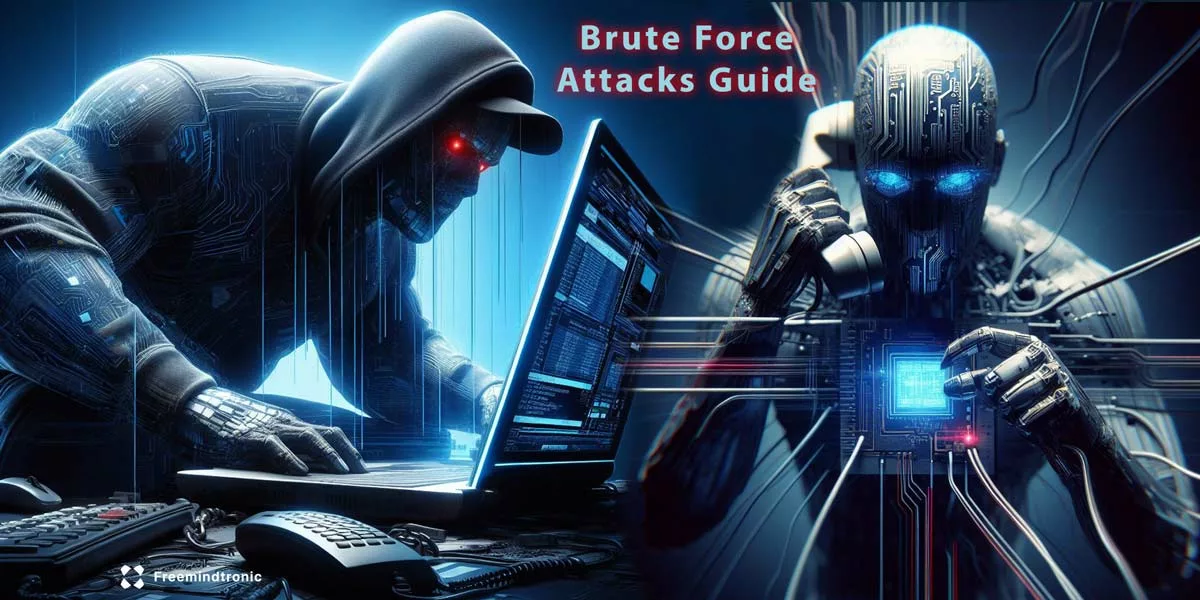RockYou2024: A Cybersecurity Earthquake The RockYou2024 data leak has shaken the very foundations of global cybersecurity. This unprecedented leak, revealing nearly 10 billion unique passwords, highlights the fragility of computer security systems and the ease with which personal data can be compromised. The story of RockYou began in 2009 when an initial leak exposed the […]
Stay informed!
Join our community of technology enthusiasts! Subscribe to our newsletter and receive exclusive updates on the latest news, special offers, and tips from Freemindtronic. Stay informed on the latest technology trends, discover new products, and be among the first to take advantage of them. Sign up now by entering your email address below. Don't miss any updates from Freemindtronic!







